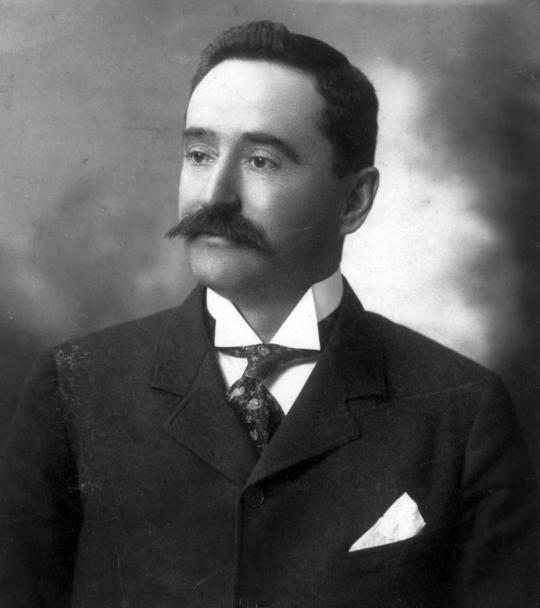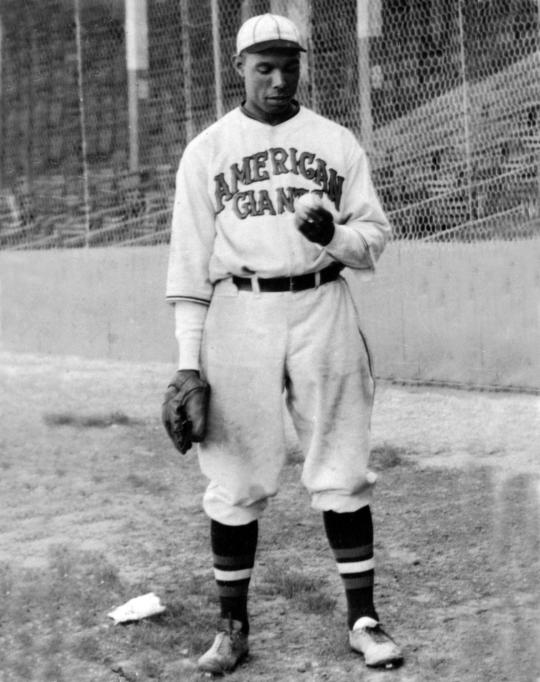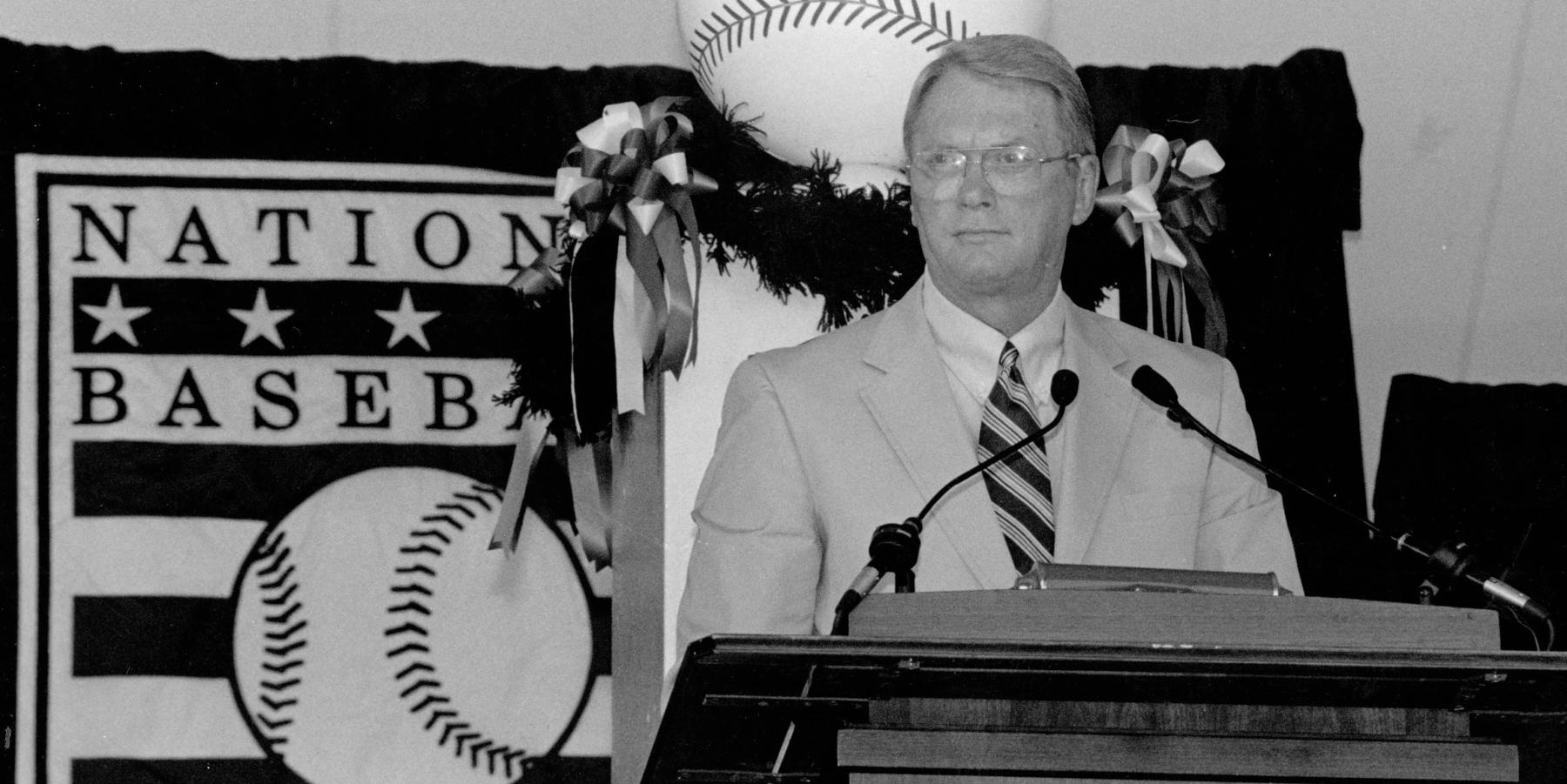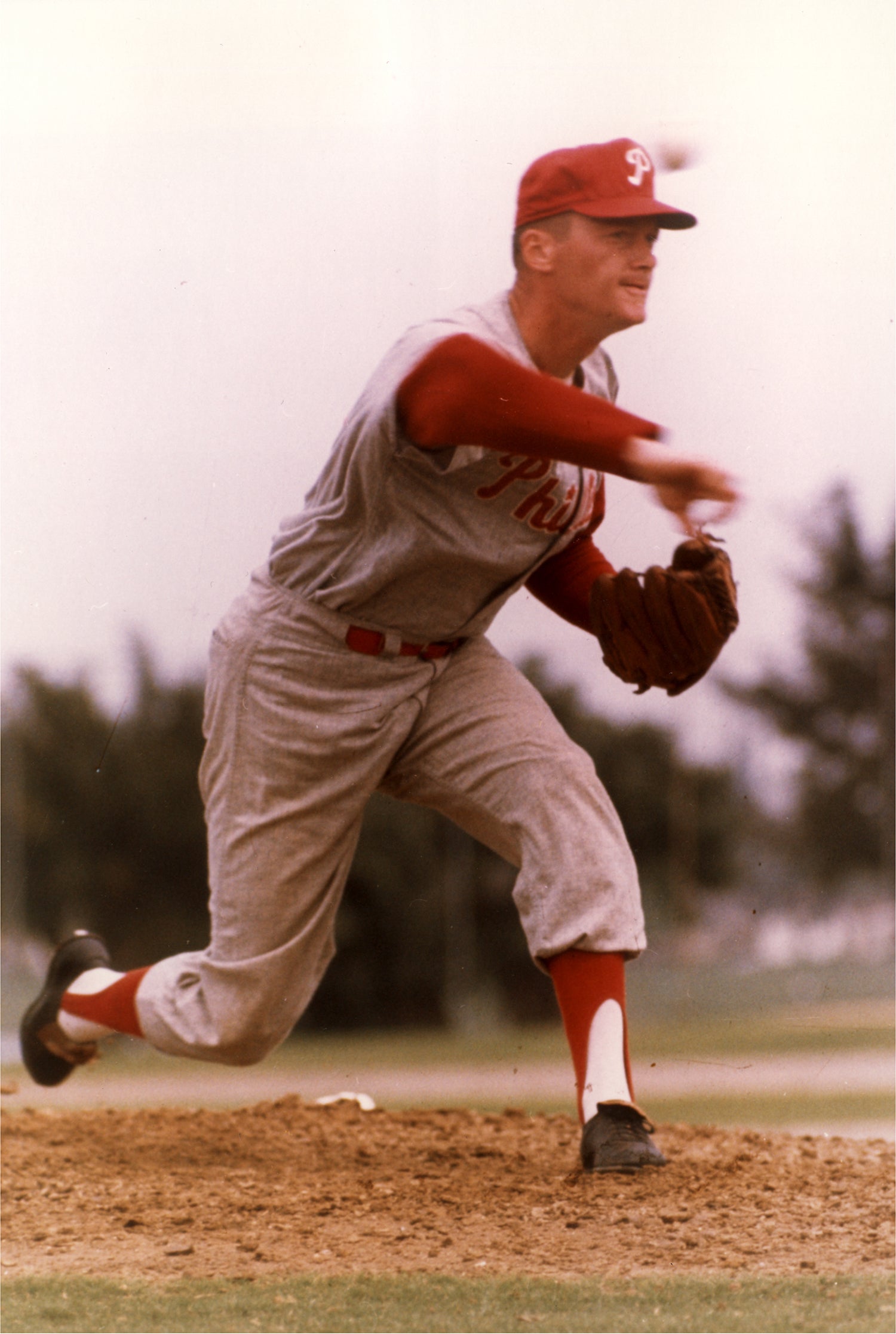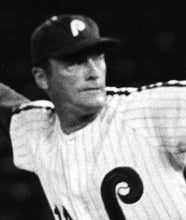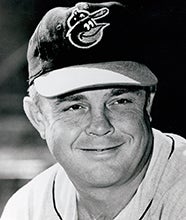- Home
- Our Stories
- Bunning, Foster, Hanlon, Weaver elected as Class of 1996
Bunning, Foster, Hanlon, Weaver elected as Class of 1996
Start with a pair of managers who combined for nine pennants, add one of the best pitchers in Negro Leagues history and top it off with a pitcher who won more than 100 games in the AL and the NL.
On March 5, 1996, the Veterans Committee elected a powerhouse quartet to the Hall of Fame with managers Ned Hanlon and Earl Weaver joining pitchers Jim Bunning and Bill Foster as the Class of 1996 in Cooperstown.
The Baseball Writers’ Association of America failed to elect any candidates that January – the first time in 25 years that the BBWAA election had resulted in a shutout – but the Veterans Committee had no such problems.
Bunning, who had come within a mere four votes of being elected by the BBWAA in 1988, earned his election based on a dominant career as a starting pitcher from 1955-71.
A seven-time All-Star who finished with 224 wins and a 3.27 earned-run average, Bunning became the first pitcher to post at least 100 wins in both leagues and also threw no-hitters in both circuits. He retired with 2,855 strikeouts – second all-time behind Walter Johnson when Bunning finished his career in 1971.
Weaver managed the Baltimore Orioles for 17 seasons, leading the Birds to four American League pennants and the 1970 World Series title. Weaver’s teams won 100-or-more games five times and only once finished with a losing record. His .583 winning percentage is sixth all-time among managers with at least 1,000 victories.
“He made every player who ever played for him a better player,” said Hall of Famer Brooks Robinson, who played for Weaver from 1968-77. “I don't think there is a player that wouldn't agree.”
Hanlon also managed the Orioles – when they were in the National League in the 19th century. He skippered the O’s to three straight NL pennants from 1894-96, leading a star-studded team that included future Hall of Famers Hughie Jennings, Willie Keeler, Joe Kelley, Wilbert Robinson and John McGraw.
Hanlon later managed the Brooklyn Superbas to NL flags in 1899 and 1900.
“I always rated Ned Hanlon as the greatest leader baseball ever had,” said Hall of Fame manager Connie Mack. “I don’t believe any man lived who knew as much baseball as he did.”
Foster was a dominant left-handed pitcher who dominated the Negro National League in the 1920s and 1930s. He was the winning pitcher in the inaugural East-West All-Star Game in 1933.
Thirty-three Hall of Famers returned to Cooperstown to honor the Class of 1996 on Aug. 4 of that year.
Craig Muder is the director of communications for the National Baseball Hall of Fame and Museum

